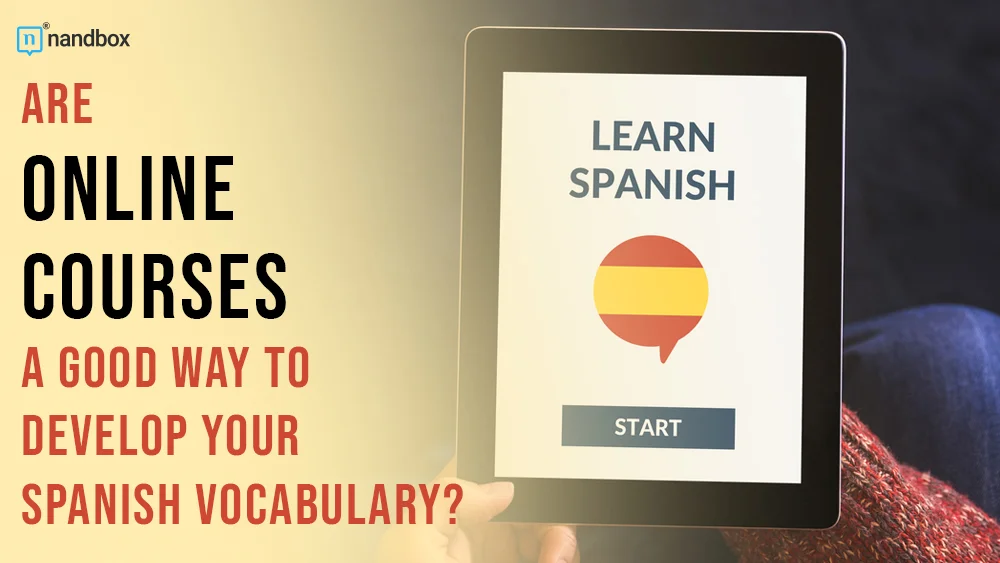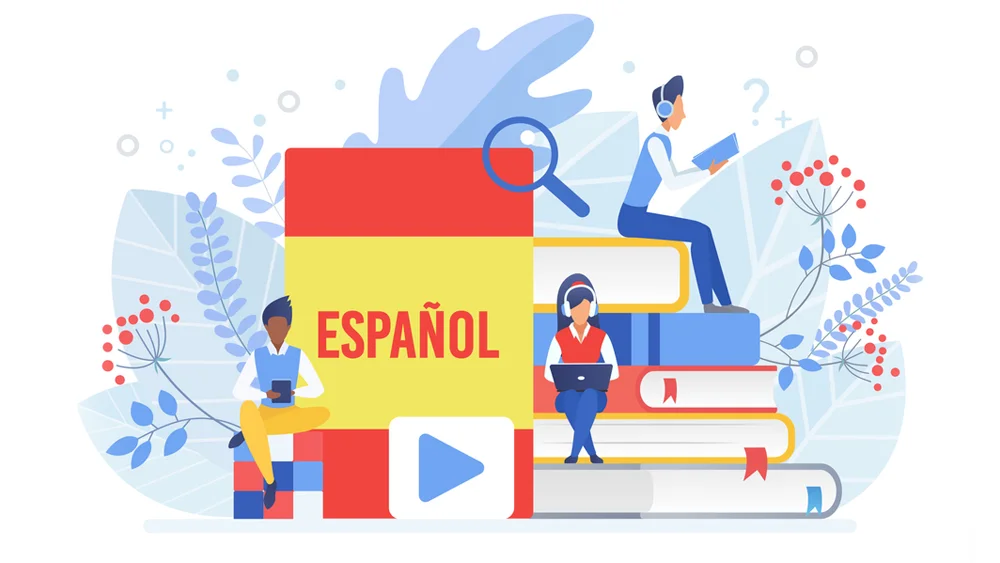Developing your Spanish vocabulary can be a challenge, but Spanish lessons online offer a convenient and effective way to expand your language skills. With a variety of tools and resources available, you can tailor your learning experience to fit your specific needs and pace.
Interactive platforms provide opportunities for immersive learning, such as through experienced tutors who can guide you in pronunciation, grammar, and vocabulary. Whether you’re a beginner or looking to refine your skills, these lessons allow you to practice regularly and receive personalized feedback.
Additionally, many online courses offer engaging activities like verb drills, quizzes, and conversational practice, creating a comprehensive learning environment. This combination of structured lessons and interactive elements makes online learning a valuable option for anyone wanting to master Spanish efficiently.
Benefits of Online Spanish Courses
Online Spanish courses offer several advantages that can help you effectively build your vocabulary. These include flexibility, a range of learning materials, and engaging, interactive environments.
Flexibility and Accessibility
One of the biggest benefits of online Spanish courses is their flexibility. You can study at your own pace, which means you can spend more time on challenging topics and move quickly through easier ones. Whether you’re a busy professional or a student, you can fit lessons into your schedule.
Accessibility is also key. You can access courses from anywhere with an internet connection, allowing you to learn Spanish no matter where you are. This flexibility means that you don’t need to travel to a physical classroom, saving time and hassle.
Diverse Learning Materials
Online Spanish courses often come with a variety of learning materials. These can include videos, audio recordings, interactive exercises, and reading materials. The variety helps cater to different learning styles, whether you prefer visual, auditory, or kinesthetic learning methods.
For instance, some platforms offer bite-sized lessons that are easy to digest, while others provide more in-depth explanations of grammar and culture. This mix of resources helps you tackle different aspects of language learning comprehensively.
Interactive Learning Environments
Interactive features in online Spanish courses can make learning more engaging and effective. Features such as quizzes, flashcards, and live practice sessions with tutors or fellow students can significantly improve your learning experience. Real-time feedback and the ability to ask questions during lessons make the learning process more dynamic. Additionally, some courses offer gamified elements, which can make studying feel less like a chore and more like a fun activity.
By leveraging these interactive tools, you can stay motivated and track your progress more easily. This hands-on approach helps reinforce new vocabulary and grammar, making it easier for you to retain what you learn.
Strategies for Vocabulary Development
Building your Spanish vocabulary involves more than just memorizing words. Effective strategies include repetition, learning words in context, and using a variety of multimedia resources.
Repetition and Consistency
Repetition helps commit new words to memory. You can use methods like spaced repetition systems (SRS) to review words at set intervals. This technique ensures you don’t forget what you’ve learned by spacing out the review sessions over time. Consistency is important. Set daily goals, even if they’re small, such as learning five new words or phrases a day. Regular practice reinforces your memory, making it easier to recall words when you need them.
A practical way to incorporate repetition is by using flashcards. These can be physical cards you make yourself or apps that offer digital flashcards. Consistent use of flashcards helps reinforce memory through repeated exposure.
Contextual Learning
Learning vocabulary within context helps you understand how words are used in real-life situations. Instead of isolated word lists, read stories, watch videos, and listen to conversations in Spanish. For example, read a book or article in Spanish and highlight new words. Look up their meanings and see how they fit within the sentence. This method teaches you not only the word but also its usage. You can also label items around your house in Spanish. Seeing words in context every day helps you naturally integrate them into your vocabulary. Conversational practice is another effective method. Engaging in dialogues with native speakers or fellow learners in practical scenarios helps solidify your vocabulary.
Utilizing Multimedia Resources
Using a range of multimedia resources ensures a dynamic and engaging learning experience. Language-learning apps provide structured lessons with interactive elements like quizzes and games. They offer immediate feedback and adjustable difficulty levels, making them suitable for learners at any stage. Watching Spanish movies, TV shows, and instructional videos can improve your listening skills and expose you to native speakers’ accents and idioms. Subtitles can be a helpful tool for beginners.
Listening to Spanish music or podcasts while commuting or doing chores gives you additional practice. Lyrics and spoken word in music and podcasts often stick in your memory thanks to melody and rhythm. Using multiple forms of media keeps learning interesting and helps you encounter words in diverse contexts, which aids in long-term retention.
Conclusion
Online courses are a practical way to develop your Spanish vocabulary. They often provide structured content that helps you learn at your own pace. Many courses focus on essential vocabulary and grammar, making it easier to communicate in everyday situations. Interactive features, such as quizzes and speaking exercises, improve your learning experience. These courses can be accessed anytime, fitting into your schedule conveniently. Online platforms often offer community support, allowing you to practice with other learners.




